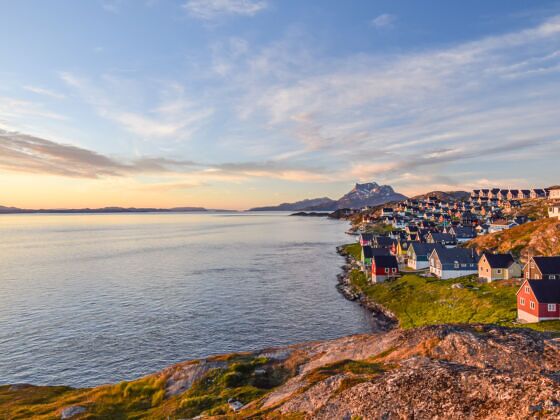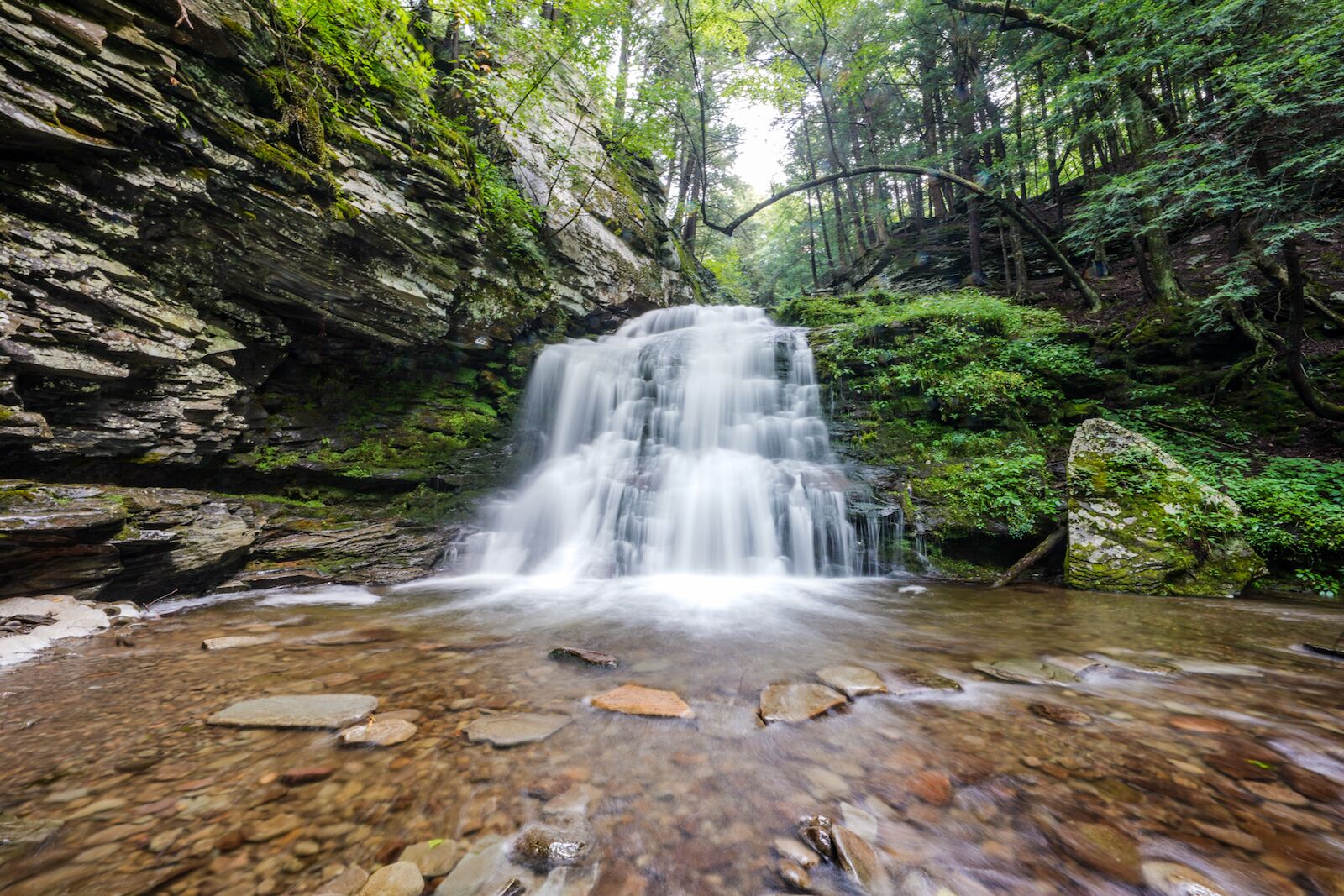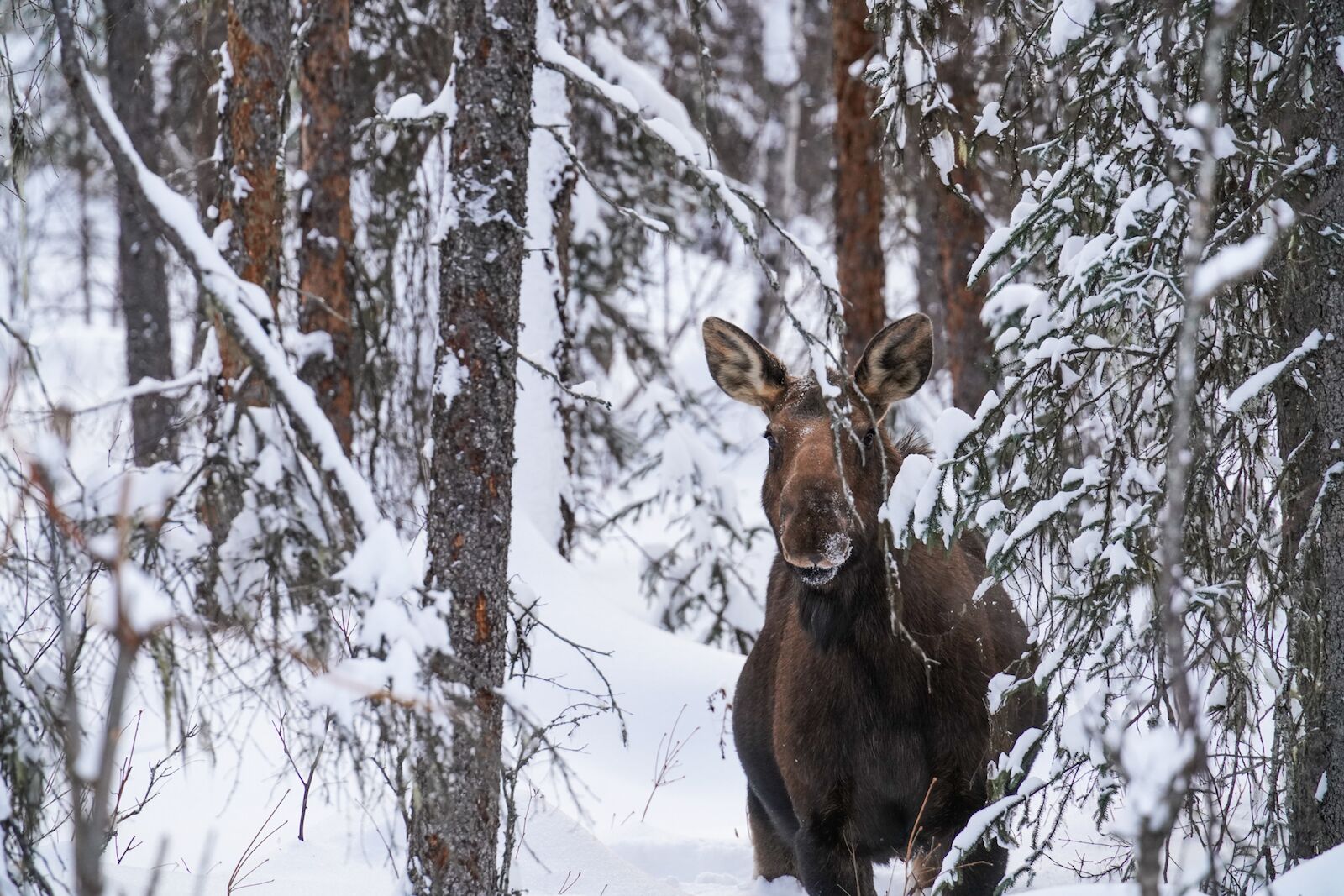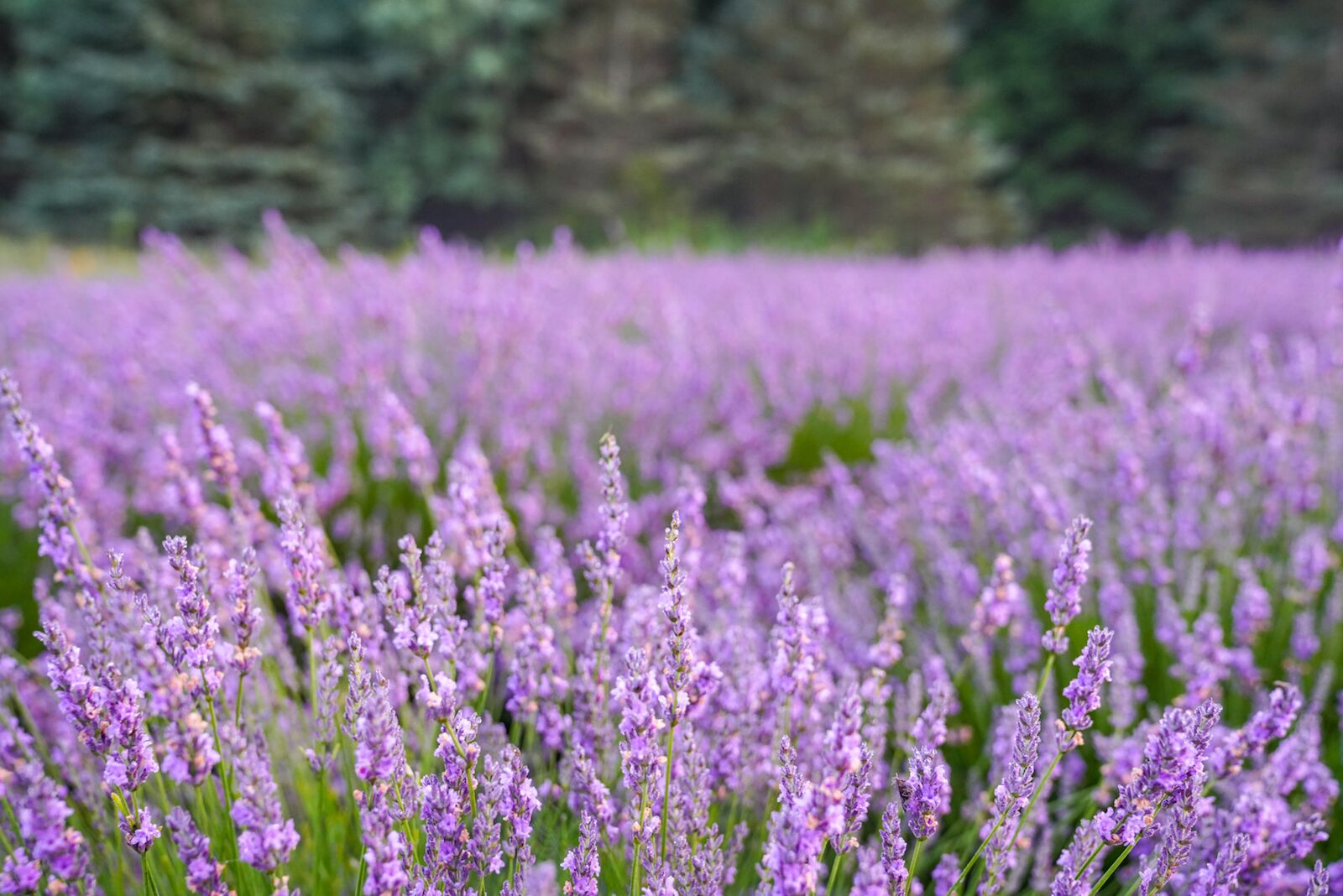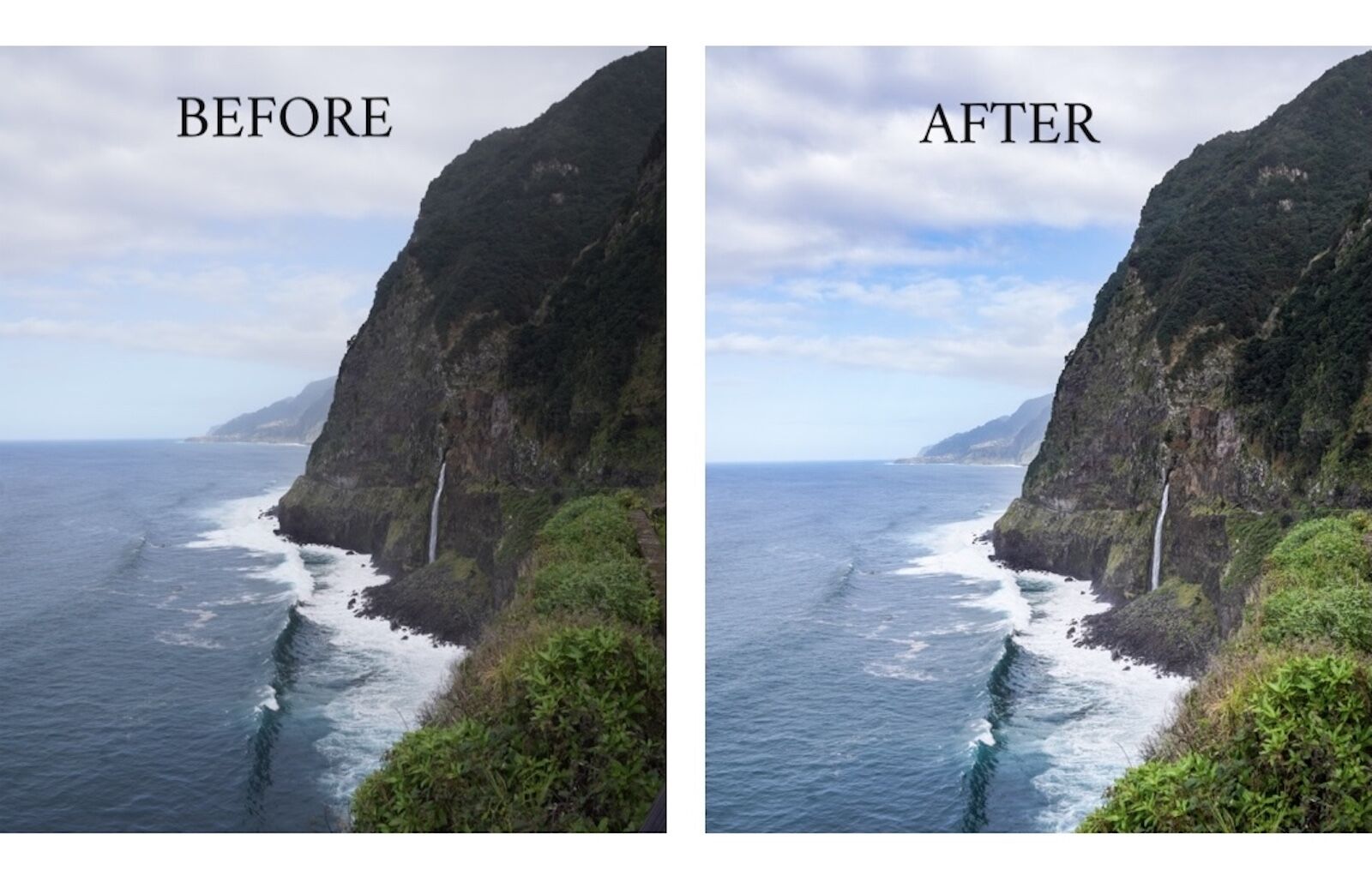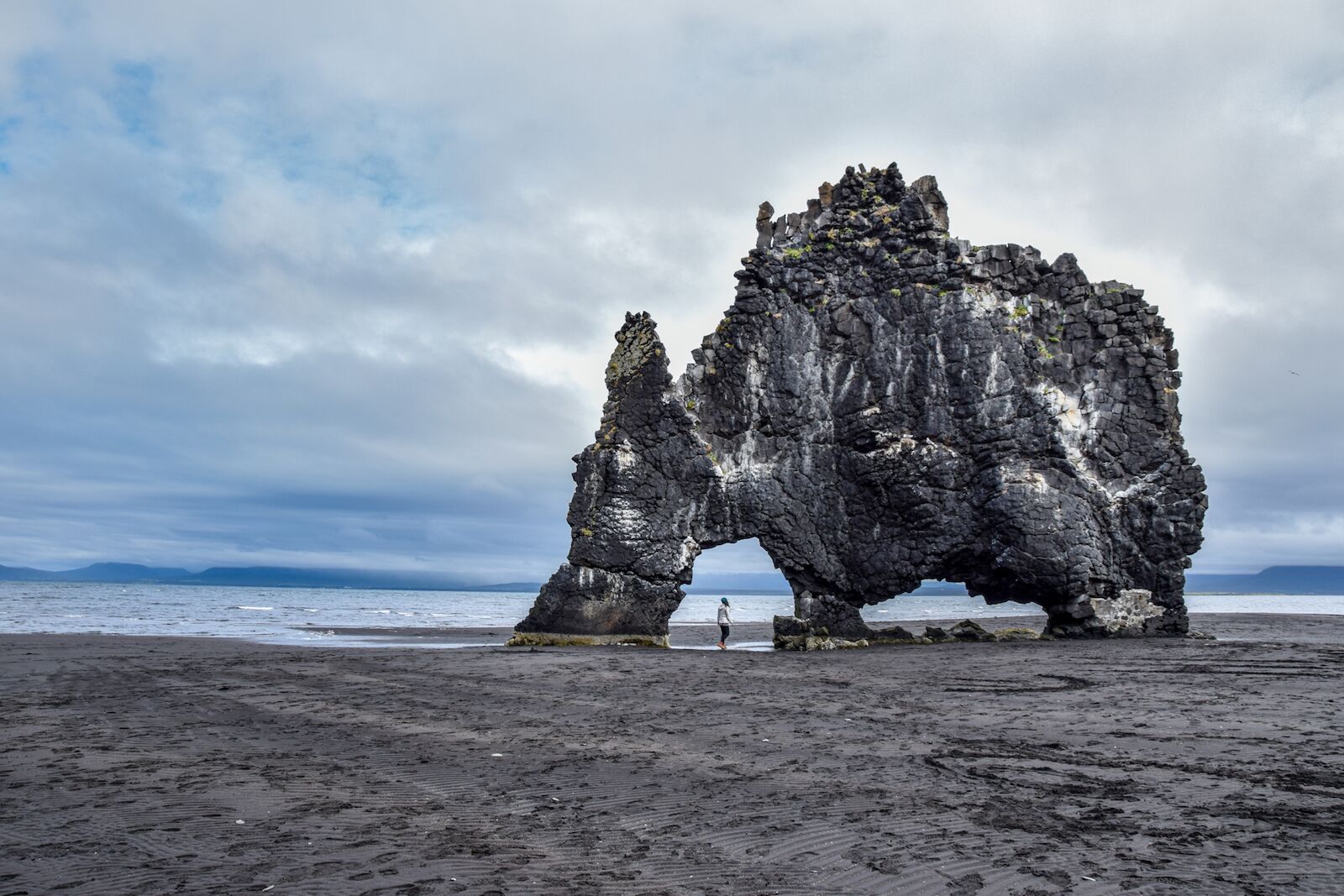Are you self-taught?
It’s a question I’m often asked, and I am pretty darn proud to say that I am, in fact, a self-taught photographer. What started as a hobby turned into always having a camera in hand and morphed into a career change – though it wasn’t as easy and simple as that.
Although my work as a travel writer and photographer has me capturing anything from European street scenes to portraits of tea plantation workers in Sri Lanka, my main focus is on outdoor and landscape photography. It’s what I love the most and where I feel most at home with my camera – truthfully, I may or may not have a serious thing for dramatic scenery. (Bonus landscape photography tip: go for drama.)
